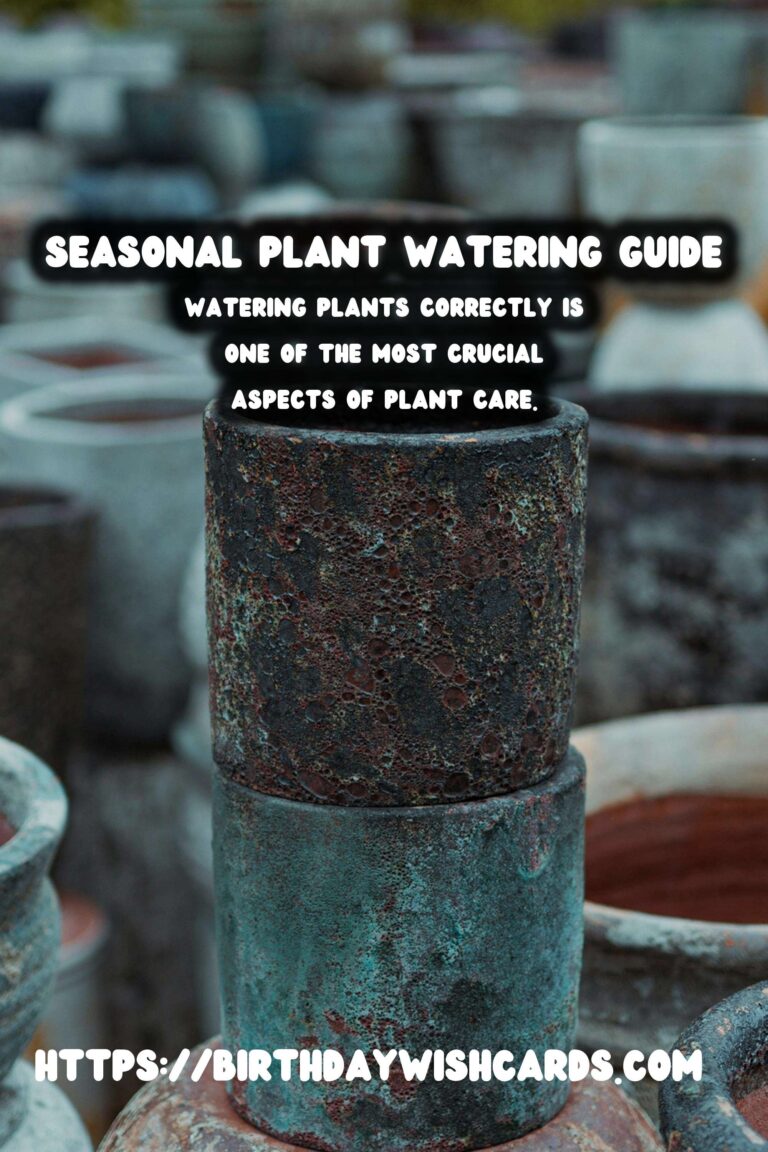
Watering plants correctly is one of the most crucial aspects of plant care. While many plant enthusiasts understand the basic needs of their greenery, the challenge often lies in adjusting watering schedules according to seasonal changes. Understanding these seasonal adjustments can significantly impact your plant’s health and growth.
The Importance of Watering Plants
Water is essential for plant survival. It serves not only as a medium for nutrient transport but also plays a vital role in photosynthesis and maintaining the plant’s structural integrity. Without the right amount of water, plants can become stressed, leading to stunted growth and increased vulnerability to diseases.
How Seasons Affect Plant Watering Needs
Plants have varying water requirements depending on the time of year. During spring and summer, the growing seasons, plants generally require more water due to increased sunlight and growth rates. Conversely, during fall and winter, many plants enter a dormant phase, requiring less frequent watering.
Spring
As temperatures rise and days lengthen, plants come out of dormancy and begin their growth phase. Increased sunlight and longer daylight hours boost photosynthesis, necessitating more water. Regular monitoring of soil moisture is crucial during this time to prevent both over- and under-watering.
Summer
Summer often brings the most intense heat and sunlight, which can cause soil to dry out quickly. It’s essential to water deeply yet infrequently to encourage deep root growth. Morning watering is recommended to reduce evaporation and allow plants to retain moisture throughout the day.
Fall
As temperatures begin to drop and daylight decreases, plants prepare to enter a dormancy period. Watering can be reduced as plant growth slows. It is important to balance watering to ensure the soil remains moist but not waterlogged, as excessive water can lead to root rot.
Winter
During winter, many plants require minimal watering. Days are shorter, and sunlight is less intense, reducing the plant’s growth rate and water needs. However, indoor plants may need more attention due to dry indoor air from heating systems. Regularly check soil moisture to prevent dehydration.
Factors Influencing Watering Schedules
Several factors can influence how often you need to water your plants, including plant type, pot size, soil type, and environmental conditions. Succulents, for example, require less water than tropical plants. Larger pots retain moisture longer, while smaller pots may dry out quicker.
Signs of Incorrect Watering
Improper watering, whether too much or too little, can lead to several visible symptoms. Overwatered plants often display yellowing leaves, root rot, and moldy soil. Underwatered plants may exhibit wilting, dry leaves, and slow growth. Adjusting your watering schedule in response to these signs is crucial for plant recovery.
Conclusion
Understanding and implementing seasonal watering adjustments is key to maintaining healthy plants. By paying attention to the changing needs of your plants throughout the year, you can ensure their optimal growth and vitality. Regularly assessing each plant’s specific requirements will help you create a tailored watering schedule that supports their natural life cycle.
Watering plants correctly is one of the most crucial aspects of plant care. Plants have varying water requirements depending on the time of year. Overwatered plants often display yellowing leaves, root rot, and moldy soil. Understanding and implementing seasonal watering adjustments is key to maintaining healthy plants. 

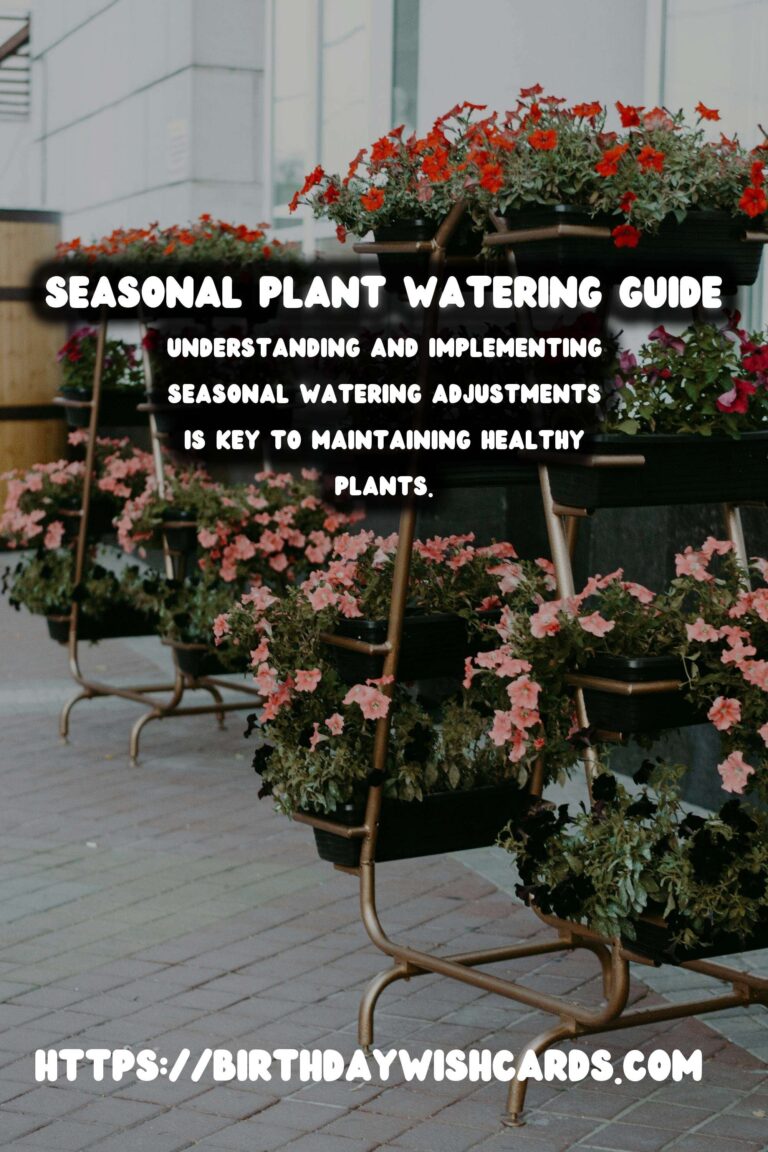
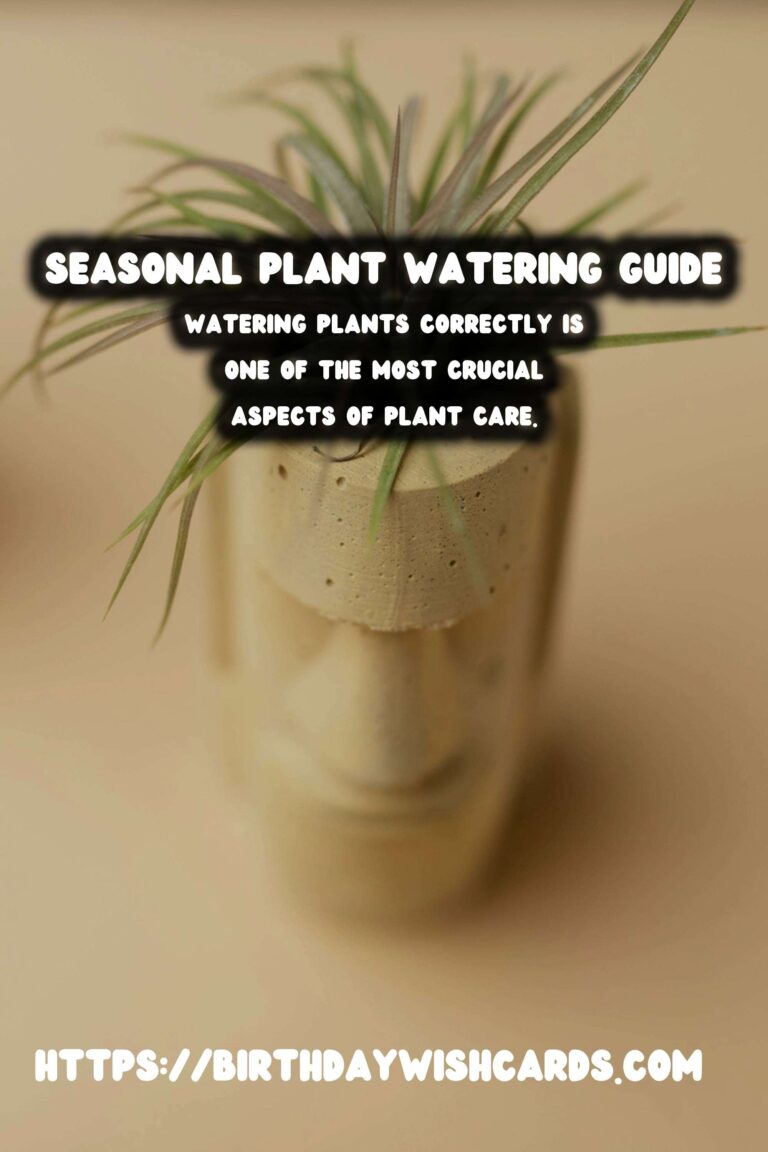
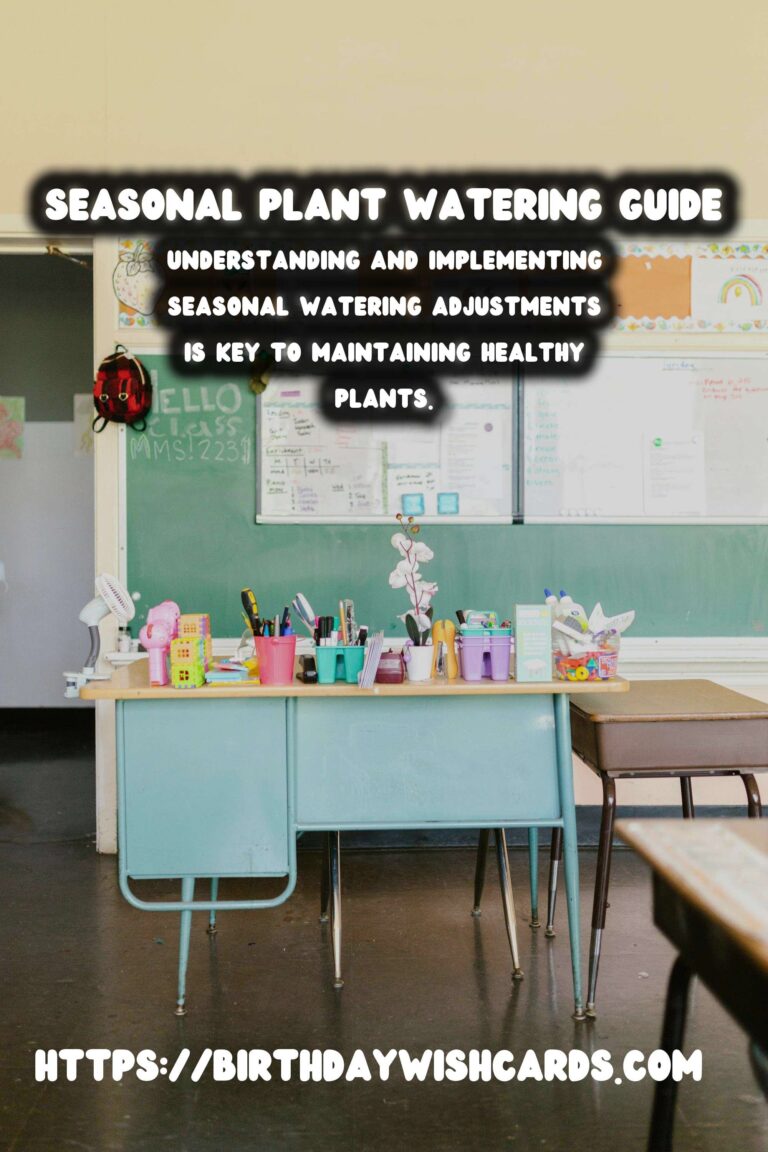
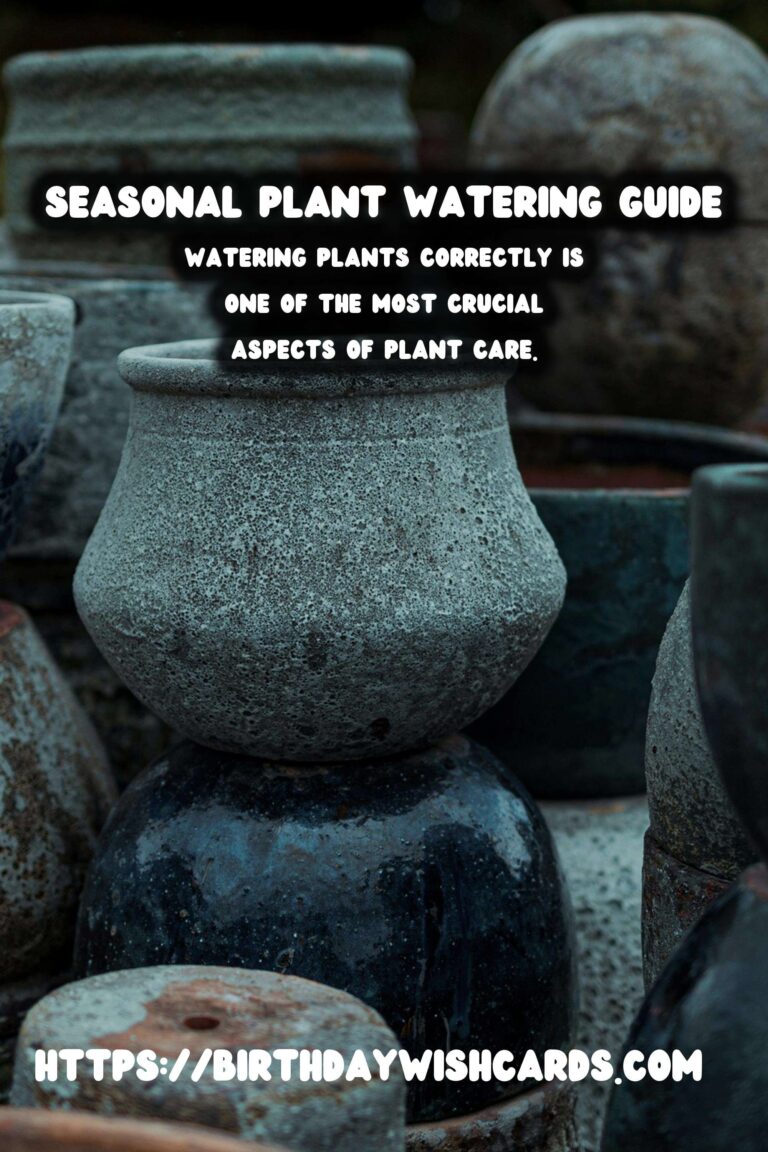
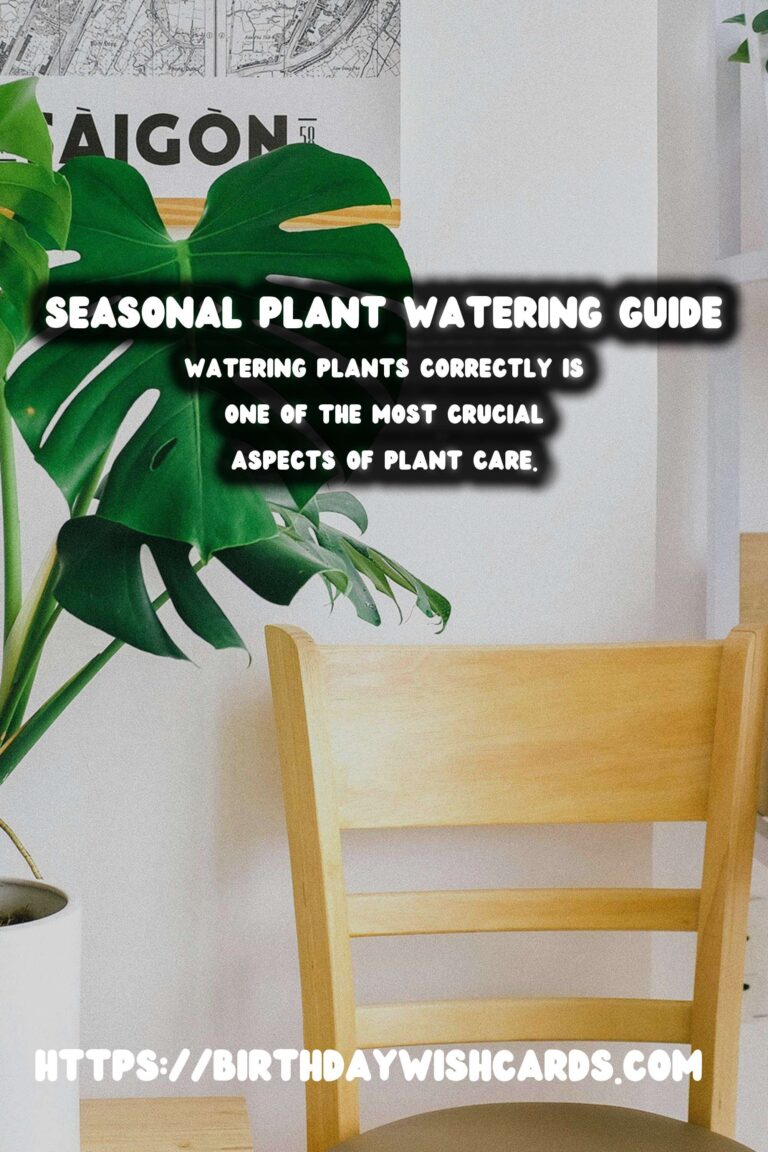


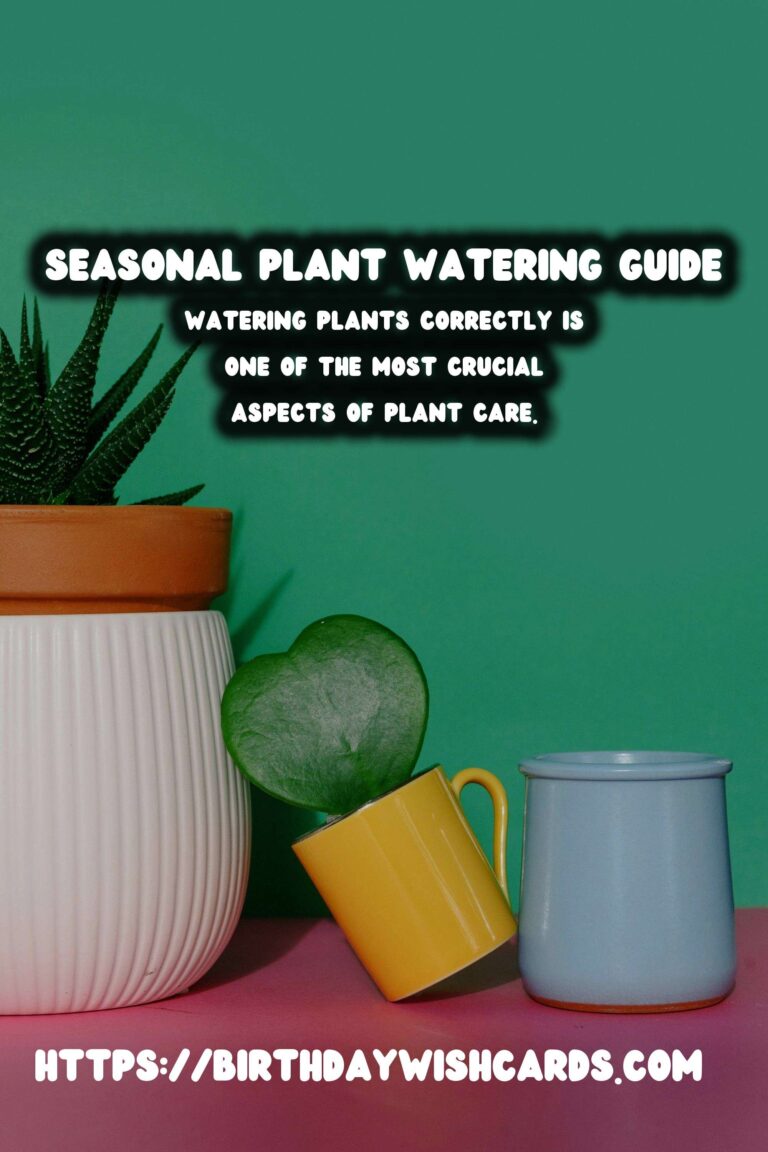
#PlantCare #GardeningTips #WateringSchedule #SeasonalAdjustments #PlantGrowth



